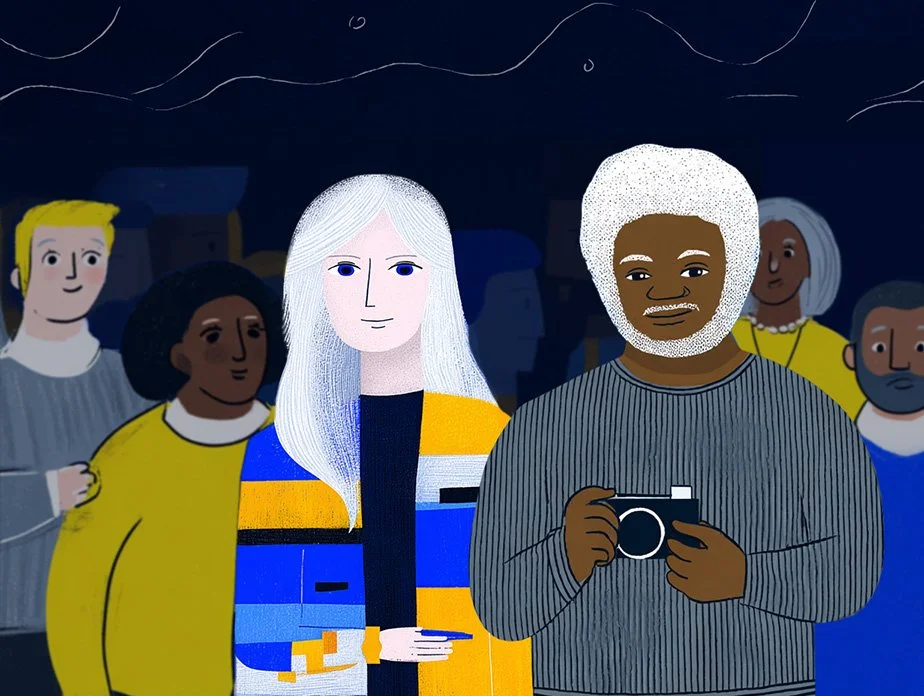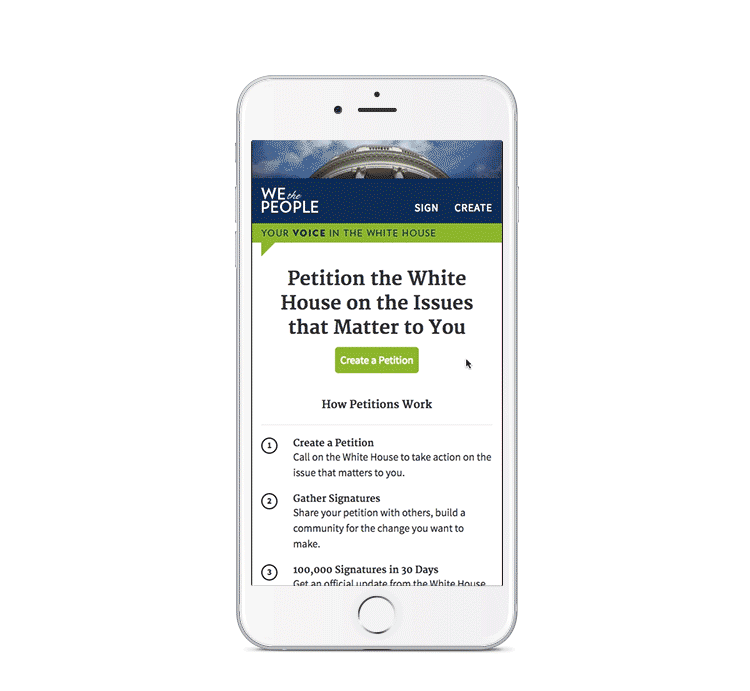Design for public communications
From policy to services, design makes public communications clearer and stronger
Communications professionals, designers, and the public—working together to build trust.
Communications leaders in government are carrying more weight than ever before. From polarized political climates and cross-jurisdictional tensions, to funding cycles that stall momentum, to the constant pressure of breaking news and public expectations—the work is intentionally reactive. Even the most talented leaders often feel stretched between being strategic and being in survival mode.
In this environment, the partnership between communications and design is not a nice-to-have. It’s a multiplier.
Why this partnership matters
Design and communications share a common purpose: connecting people to what matters most. In public service, that purpose shows up in different but deeply complementary ways:
Digital communications: Design makes the difference between a rushed PDF announcement and a human-centered digital experience that helps residents act quickly.
The We the People petitions platform, redesigned to make engaging with government clear, digital, and trustworthy.
When I led the redesign of the White House’s We the People petitions platform (2016), the challenge wasn’t creating a sleek interface—it was making petitioning the government clear, digital, and trustworthy. The Office of Digital Strategy worked with colleagues to embed transparency into the system itself, from showing thresholds for a response to designing the internal workflow for replies, from open sourcing the code to engaging the community in using the public data. Communications could then focus on storytelling, while design carried the load of usability and trust.
Community engagement: Communication builds awareness; design makes participation intuitive and respectful of people’s time.
Later, supporting the Presidential COVID-19 Health Equity Task Force, I helped distill a dense set of policy recommendations into clear, accessible communications. Instead of a binder of technical language, communities and policymakers received materials that highlighted priorities and pointed to action. That clarity mattered. Policymakers weren’t just handed a technical report; they had a roadmap they could act on. In the end, more than 80% of the recommendations were implemented within the first month—a rare level of adoption for a national task force, and a reminder of how design can move policy from paper to practice.
Service delivery: When a service is easy to use, communication shifts from damage control to celebration of impact.
Policy communication: A policy is only as strong as people’s understanding of it—and design ensures clarity, accessibility, and trust.
Physical presence: From public meetings to community events, design shapes the experience itself, signaling care and competence beyond the words spoken.
Design beyond the visual
Design is communications’ hidden partner—ensuring the experience matches the promise.
Think of design as communications’ hidden partner. Where communications speaks with clarity, design ensures the experience matches the promise. It’s not just the look of the flyer—it’s the ease of the sign-up form. Not just the headline—but the fact that the service behind it is usable and respectful of people’s time. Together, design and communications turn intent into impact.
The human element
When design and communications work hand in hand, residents don’t just receive information—they feel seen, respected, and empowered.
When design and communications work hand in hand, residents don’t just receive information—they feel seen, respected, and empowered. That shift builds trust, which is the hardest currency to earn and the easiest to lose in public service.
For leaders in the field, this isn’t about adding one more partner to an already stretched agenda. It’s about creating conditions where your communications team is less reactive and more resilient. Design helps shape not just what is said, but how it is experienced.
A call to reimagine together
At Public Servants, we’ve seen that design and communications together can restore balance for public leaders. They create capacity for long-term thinking in environments dominated by short-term pressures. They transform moments of high tension into opportunities for connection. And they enable government to reflect the very communities it serves, not just speak to them.
In times as demanding as these, collaboration between design and communications isn’t just smart—it’s essential for sustaining public trust.
If this resonates, you may also find these helpful:
Earning trust in public service — on building confidence through clarity and care.
Policy implementation gap — why good ideas falter without design.
Timely interventions for public services — how systems can respond when people need them most.
And if you’re exploring ways to strengthen your own team’s communications and design partnership, learn more about our services or workshops.


